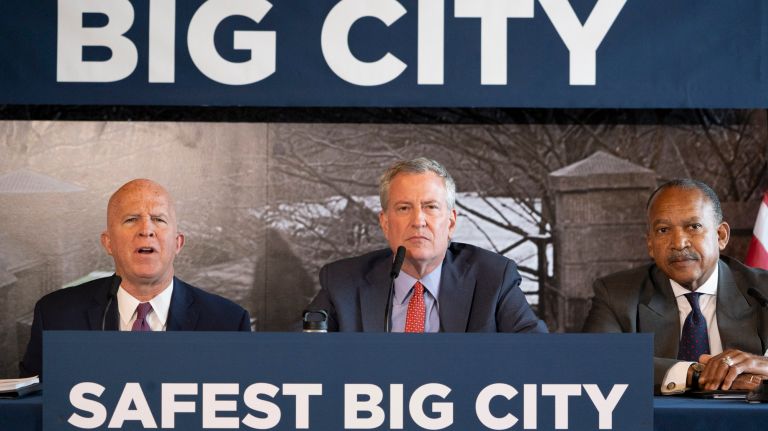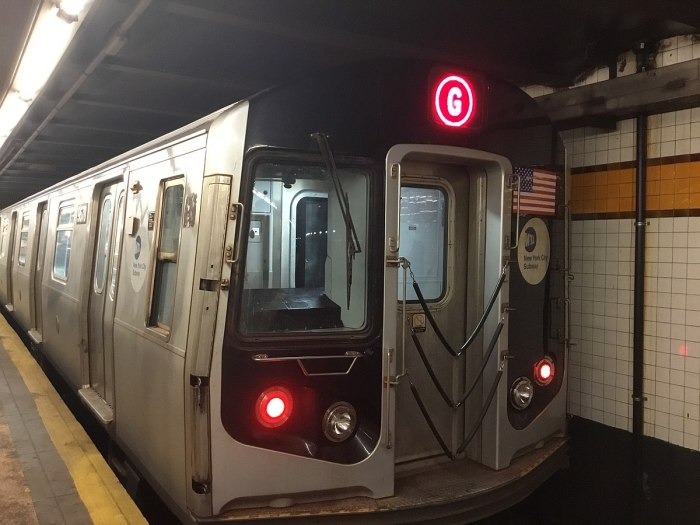
The Sept. 29 death of NYPD Officer Brian Mulkeen in the Bronx is doubly tragic for the police department.
It is the second death of an NYPD member from friendly fire this year.
The first came in February, when Det. Brian Simonsen was responding to a call of a Queens robbery. Like Mulkeen, who chased after an individual he’d approached to question and ended up wrestling him on the ground, Simonsen was killed by the bullets from fellow officers.
Accidents like this are very rare: national-level FBI statistics account for nine law enforcement officers accidentally killed in firearm-related incidents from 2014 to 2018. That included being caught in crossfire, being mistaken for an offender, and accidental discharges.
But the New York deaths so close together have prompted an emphasis on additional training, which NYPD brass described in some detail at a Tuesday crime briefing.
Theresa Shortell, the NYPD’s chief of the Training Bureau, noted that advanced tactical training for some specialized officers began this week, slated to reach about 900 anti-crime plain clothes officers.
Last week, the department opened a tactical training center in the 111th Precinct in Queens, part of an effort to add “borough-based training” outside the police academy. This includes video firearm simulation training.
A new online video series also will be mandatory viewing for the department, including one on commercial robberies.
Among those calling for additional training of this sort was Simonsen’s widow, Leanne, who told the New York Post she was in disbelief this happened again.
“I know things happen in seconds,’’ she said. “But there’s gotta be some way that you clear your guys before you just start firing.’’
The emphasis from the police department has been that Mulkeen’s death was the fault of the individual who ran: Antonio Williams, who police said had a gun during the close-quarters struggle though he did not fire it. He was also killed in the hail of bullets that night.
“You can’t Monday morning quarterback,” said Joseph Giacalone, a retired NYPD detective sergeant who teaches at the John Jay College of Criminal Justice.
Giacalone says his career started in the same precinct where Mulkeen died. “You can come up with some sort of training,” he said, but he stressed the difficulty of chaotic situations like this, making split-second decisions in the dark.
“It’s a tough situation to decipher,” he said. It may remain so until body camera footage is released, which Commissioner James O’Neill indicated the department would do.
“It’s still a very rare occurrence, thank God,” said Giacalone. “I hope they don’t tell the person who did it.”


































